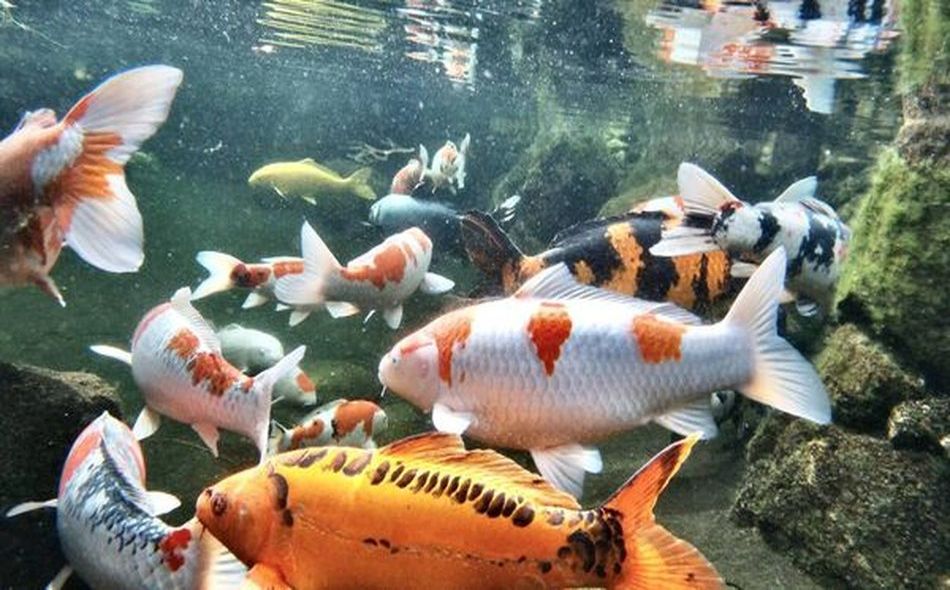Summer is an ideal season for buying fish for your garden water feature. Here’s your guide to choosing and caring for them.
New ponds need two-three weeks for the biology to mature and settle. Don’t be in a rush to stock the pond.
Pond filters have a media that helps the ecology and pH balance of the water. This can benefit from both time and the addition of commercial bacteria (bought as a gel).
Summer is an ideal season for buying in fish. In winter, fish kept inside can go into shock if dumped into a cold pond below 15C in temperature.
Float the bags containing your new fish on the water’s surface for at least half an hour to acclimatise them to the temperature. Opening the bag, drift in a little pond water over the next half hour, before releasing the fish gently and quietly/
Ratios vary by species, but for goldfish, the most popular and un-fussed pond fish – five fish will require in the area of 1,000l of water. If your non-native fish outgrow the pond, gift or sell them — don’t drop them in an Irish river!
Every fish pond needs filtering and even then you should test the water periodically to ensure the nitrate and potassium levels and general hardness (GH) are all healthy.
Together with koi, goldfish, black moor and shubunkins, you can keep native Irish freshwater fish in your pond including rudd, tench and carp (goldfish are actually a coloured type of carp).
Depending on the species, some fish types can grow exceptionally large and be predate other smaller fish. Get advice from your fish supplier for safe introductions.
There are various ways to keep herons, cats, mink and other predators out of your pond, ranging from jets of water set off by sensors, to nets and electric fencing (which looks pretty awful).
Surface feeding fish will be most vulnerable. The Heron Stop Reflector is a ball with a beady eye that sits on the water, terrifying herons.

